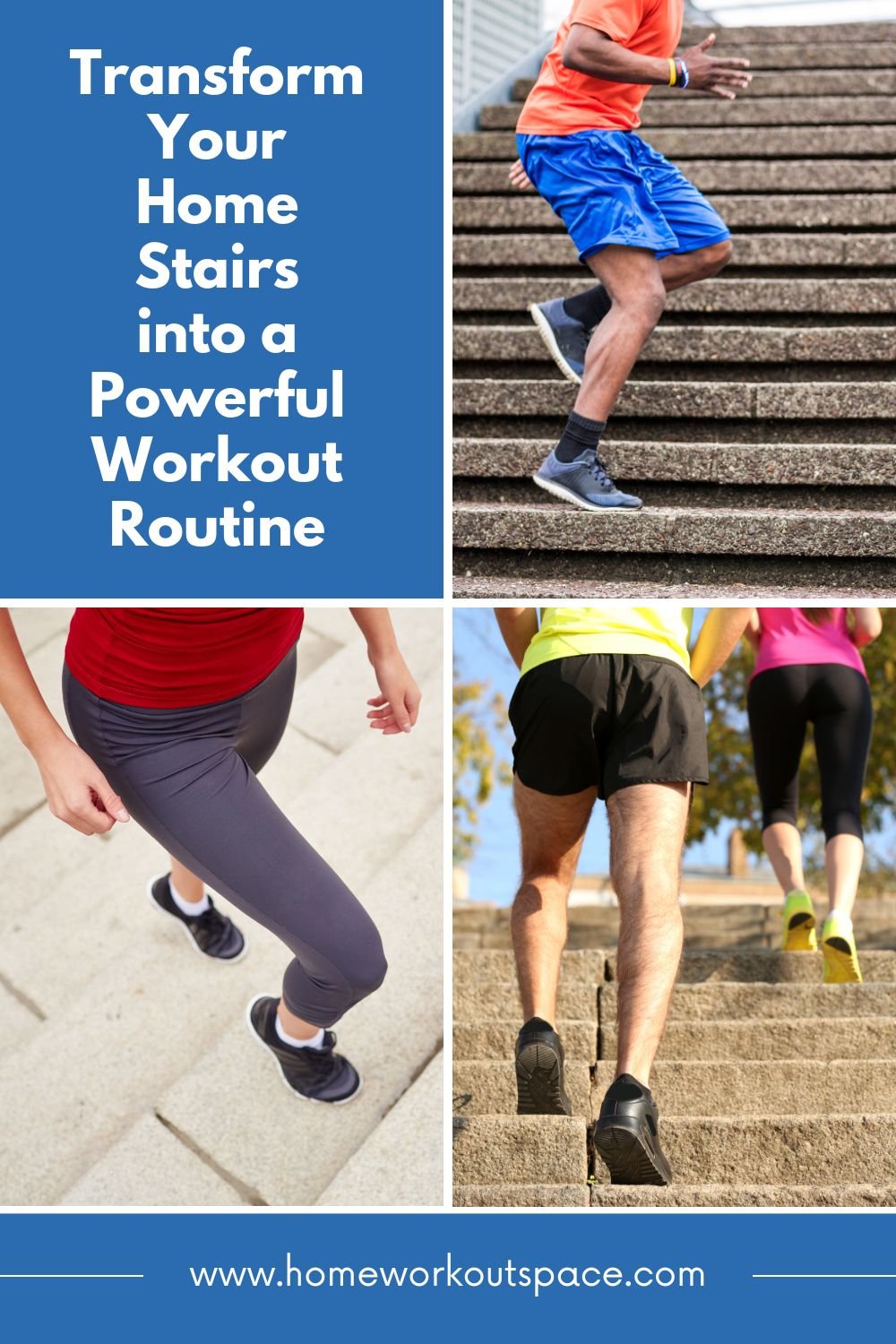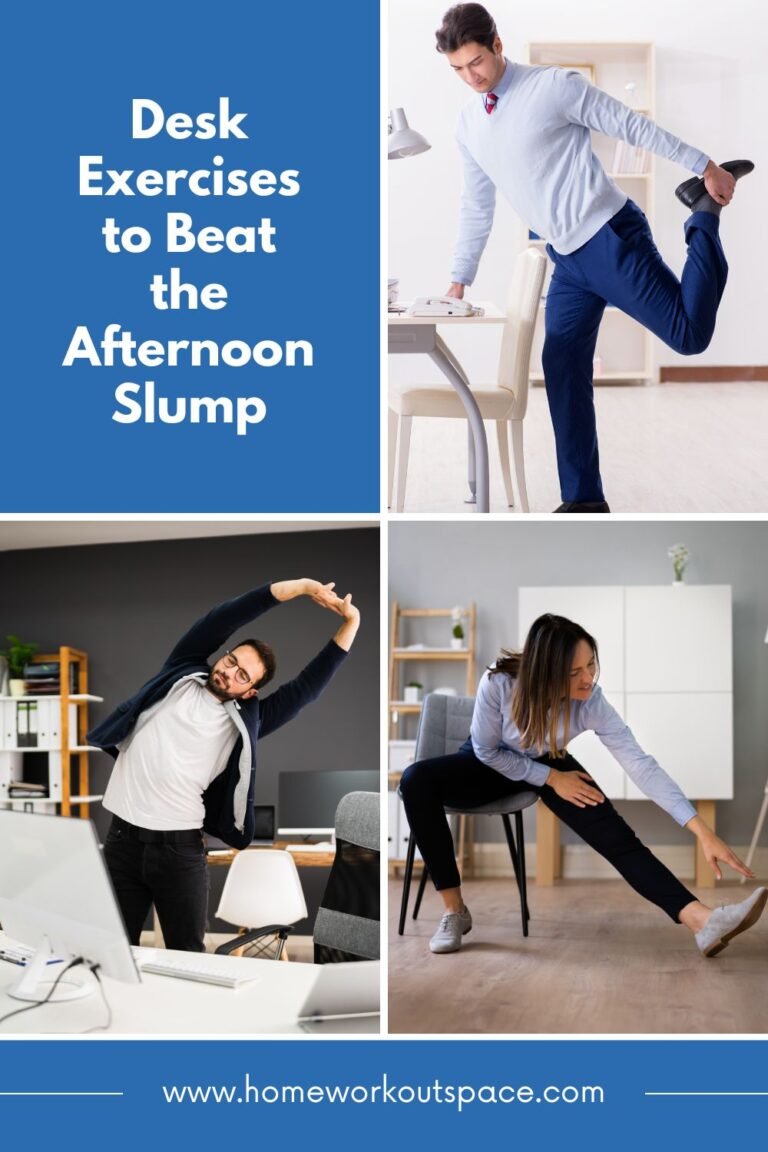Transform Your Home Stairs into a Powerful Workout Routine
Are you looking for a way to stay fit and active without leaving the comfort of your home? Look no further than your own staircase! Yes, those seemingly ordinary steps can be transformed into a powerful workout tool, providing you with a challenging and effective full-body workout.
Whether you’re short on time, on a budget, or simply prefer the convenience of exercising at home, stair workouts offer a versatile and efficient solution.
In this article, we’ll explore the numerous benefits of stair workouts and provide you with a comprehensive guide to turn your humble home stairs into a fitness powerhouse.
Natural Supplements To Help Support Your Home Workouts
✅ Increase Your Pumps And Performance
✅ Promote Muscle Growth And Boost Energy
✅ For Powerful Muscle Growth
✅ Pack On Lean Muscle
✅ Next-generation Fat Burner
✅ Supergreens For full spectrum nutrition
The Benefits of Stair Workouts
Stair workouts are a fantastic way to incorporate cardiovascular exercise, strength training, and functional movement into your routine. Here are some of the key benefits:
- Calorie Burning: Climbing stairs is a high-intensity exercise that can burn a significant number of calories in a short amount of time. It’s an excellent way to boost your metabolism and support weight loss goals.
- Strengthens Lower Body: Stair workouts engage various muscle groups in your lower body, including your quadriceps, hamstrings, glutes, and calves. This not only improves strength and endurance but also helps tone and sculpt your legs.
- Improves Cardiovascular Health: Stair climbing is a fantastic cardiovascular exercise that can strengthen your heart and lungs, improve circulation, and reduce the risk of heart disease.
- Increases Functional Fitness: Climbing stairs mimics real-life movements, such as ascending and descending stairs or hills. This functional training improves balance, coordination, and overall mobility, making everyday activities easier and reducing the risk of falls.
- Low-Impact Exercise: Unlike running or jumping, stair workouts are low-impact, reducing the stress on your joints while still providing an intense workout.
Preparing for Your Stair Workout
Before diving into your stair workout routine, it’s important to prepare both your body and your environment. Here are some tips to get you started:
Safety Considerations
- Wear Proper Footwear: Choose comfortable, supportive shoes with good traction to prevent slips and ensure stability during your workout.
- Clear the Area: Remove any obstacles or clutter from the staircase and surrounding area to create a safe workout space.
- Secure the Handrail: If available, use the handrail for support, especially during more challenging exercises or when fatigue sets in.
Warm-up and Cool-down
- Dynamic Stretching: Begin with dynamic stretching exercises, such as leg swings, arm circles, and torso twists, to prepare your muscles for the workout.
- Cool-down and Static Stretching: After your stair workout, take a few minutes to cool down with light activity, such as walking in place, followed by static stretches to help your muscles recover and prevent soreness.
Stair Workout Exercises and Variations
Your home stairs offer a versatile platform for a wide range of exercises targeting different muscle groups and fitness goals. Here are some effective stair workout exercises to incorporate into your routine:
Cardio Exercises
- Stair Climbing: The most basic and effective exercise is simply climbing up and down your stairs at a steady pace. Increase the intensity by taking two steps at a time or incorporating intervals of higher intensity.
- Stair Sprints: For a more intense cardio challenge, try sprinting up the stairs as fast as you can, then walking back down for recovery. Repeat for several sets.
- Side Steps: Face the stairs and step sideways, leading with one leg and bringing the other leg to meet it. Alternate sides as you ascend and descend the stairs.
Strength and Toning Exercises
- Step-ups: Stand facing the stairs and step up with your right leg, bringing your left leg up to meet it. Step back down with your right leg, followed by your left. Repeat on the other side.
- Bulgarian Split Squats: Place your rear foot on a step behind you and lower your body into a split squat position. Push through your front heel to return to the starting position.
- Calf Raises: Stand with the balls of your feet on a step and your heels hanging off the edge. Raise up onto your toes, pause, and then lower back down for a calf workout.
- Push-ups: Use the stairs as an elevated surface for challenging push-up variations, such as incline push-ups or decline push-ups.
Functional and Balance Exercises
- Lateral Lunges: Stand sideways to the stairs and step one leg out to the side and lower into a lateral lunge. Push back to the starting position and repeat on the other side.
- Single-Leg Deadlifts: Stand on one leg on a step and hinge forward at the hips, extending the opposite leg behind you for balance. Return to the starting position and repeat on the other side.
- Stair Taps: Stand facing the stairs and quickly tap one foot on a step, then the other, alternating as fast as you can for a coordination and agility challenge.
Creating Your Stair Workout Routine
Now that you have a variety of stair exercises to choose from, it’s time to create a well-rounded and effective stair workout routine. Here are some tips for designing your custom stair workout:
- Set Specific Goals: Determine your fitness goals, such as improving cardiovascular endurance, building strength, or increasing overall functional fitness. This will help you tailor your routine accordingly.
- Combine Exercises: Mix and match exercises from different categories (cardio, strength, and functional) to create a well-rounded routine that targets multiple muscle groups and fitness components.
- Incorporate Intervals: Alternate between high-intensity and low-intensity intervals to keep your body challenged and maximize calorie burn.
- Progressively Overload: As you become stronger and more conditioned, gradually increase the intensity or duration of your stair workouts to continue seeing progress.
- Listen to Your Body: Pay attention to your body’s signals and adjust the intensity or duration of your workouts as needed. Rest and recovery are equally important for preventing injuries and allowing your muscles to repair and grow stronger.
Sample Stair Workout Plan
To help you get started, here are two sample stair workout routines that you can try:
Beginner Stair Workout (30 minutes)
- Warm-up (5 minutes): Dynamic stretching
- Stair Climbing (5 minutes): Climb up and down at a steady pace
- Step-ups (10 minutes): 2 sets of 15 reps per leg
- Lateral Lunges (5 minutes): 2 sets of 10 reps per side
- Stair Sprints (3 minutes): 30-second sprints, 30-second recovery
- Cool-down (2 minutes): Static stretching
Advanced Stair Workout (45 minutes)
- Warm-up (5 minutes): Dynamic stretching
- Bulgarian Split Squats (10 minutes): 3 sets of 10 reps per leg
- Stair Climbing (10 minutes): Alternating 1-minute high-intensity intervals with 1-minute recovery
- Push-ups (5 minutes): 3 sets of 10 reps (incline or decline variations)
- Single-Leg Deadlifts (5 minutes): 2 sets of 10 reps per leg
- Stair Taps (5 minutes): 1-minute intervals with 30-second recovery
- Calf Raises (3 minutes): 2 sets of 20 reps
- Cool-down (2 minutes): Static stretching
Remember, these are just examples, and you can customize your routine based on your fitness level, available time, and personal preferences. The key is to challenge yourself while listening to your body and gradually progressing over time.
Tips for Making the Most of Your Stair Workouts
To maximize the effectiveness and enjoyment of your stair workouts, consider the following tips:
- Vary Your Routine: Introducing variety can prevent boredom and keep your body challenged. Switch up the exercises, intensity levels, and the order of your routine to keep your muscles guessing.
- Incorporate Proper Form: Maintain good posture and form throughout your exercises to prevent injuries and ensure you’re targeting the correct muscle groups.
- Stay Hydrated: Stair workouts can be intense, so make sure to drink plenty of water before, during, and after your workout.
- Use Mental Strategies: Stair workouts can be mentally challenging, especially when fatigue sets in. Employ mental strategies to help you push through tough moments. For example, focus on your breathing, set small achievable goals (like reaching the next landing), or repeat positive mantras to yourself.
- Track Your Progress: Recording your workouts can help you stay motivated and gauge your progress over time. Keep a simple journal or use a fitness app to log the exercises, duration, intensity, and any other relevant details.
- Make It Social: While stair workouts are convenient for solo sessions, they can also be a social activity. Invite friends or family members to join you for added motivation, friendly competition, and accountability.
- Set the Right Vibe: Create an energizing workout atmosphere by curating an upbeat music playlist or tuning into your favorite podcast or audiobook. The right audio can help the time fly by and keep you engaged during your stair routine.
- Reward Yourself: Celebrate your achievements, no matter how small. Set realistic goals and treat yourself to something you enjoy when you reach them. This positive reinforcement can help you stay motivated and consistent with your stair workouts.
- Embrace the Versatility: Don’t be afraid to get creative with your stair workouts. Experiment with different exercises, intensities, and durations to keep things fresh and challenging. The versatility of stair workouts allows you to constantly mix things up and prevent boredom.
- Find Your Optimal Time: Some people prefer to tackle their stair workouts first thing in the morning, while others find it more energizing later in the day. Identify the time that works best for your schedule and energy levels, and stick to a consistent routine.
By incorporating these tips into your stair workout routine, you’ll not only maximize the effectiveness of your sessions but also enjoy the process and stay motivated to achieve your fitness goals.
Conclusion
Transforming your home stairs into a powerful workout tool is an innovative and convenient way to stay active and achieve your fitness goals. With a little creativity and commitment, you can turn this everyday feature into a versatile gym, providing endless opportunities for challenging and effective workouts.
So, embrace the power of your stairs, and embark on a journey toward a stronger, fitter, and healthier you – all from the comfort of your own home.








